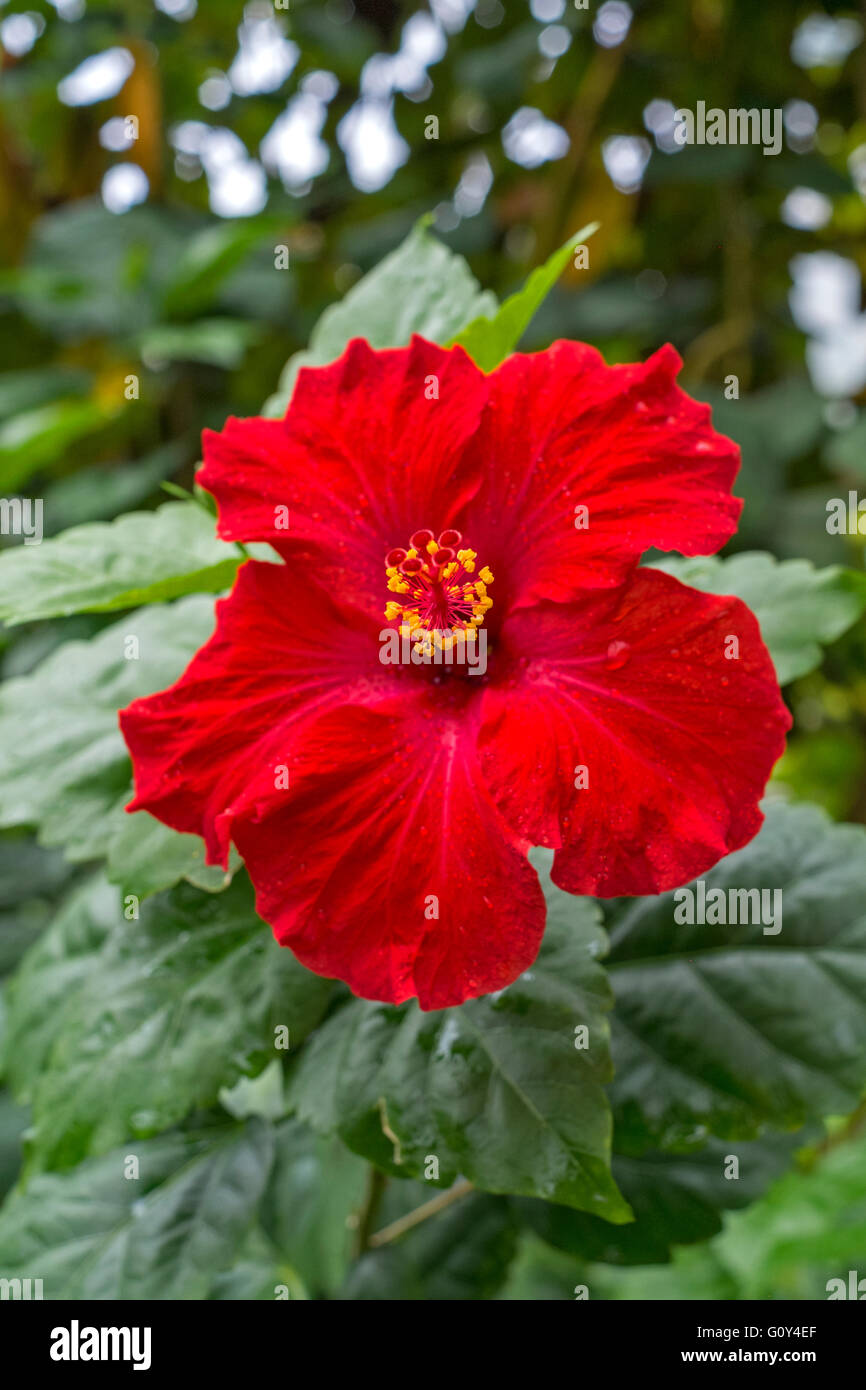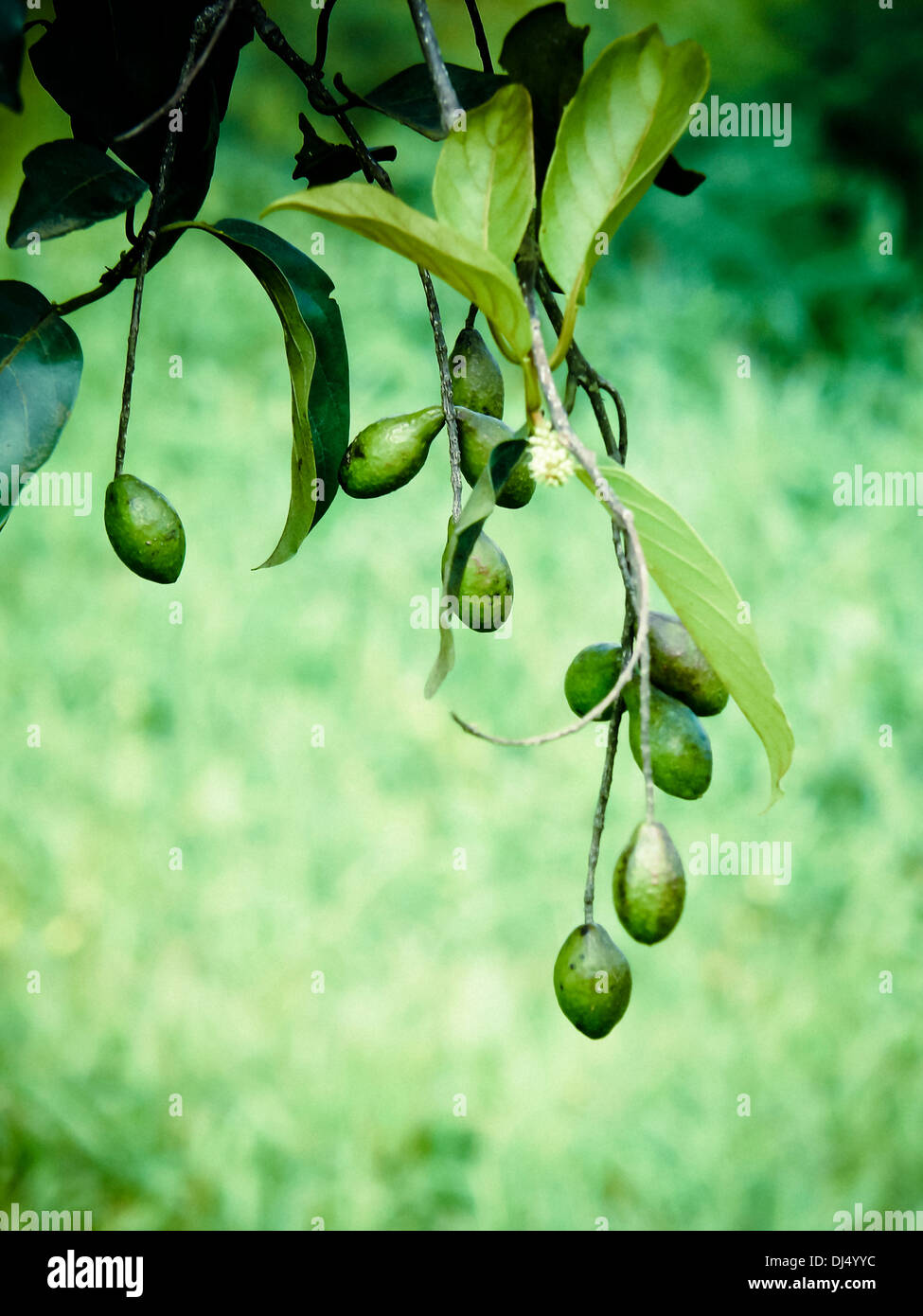Quick filters:
Ebracteate Stock Photos and Images
 hibiscus lunariifolius Stock Photohttps://www.alamy.com/image-license-details/?v=1https://www.alamy.com/stock-photo-hibiscus-lunariifolius-103858455.html
hibiscus lunariifolius Stock Photohttps://www.alamy.com/image-license-details/?v=1https://www.alamy.com/stock-photo-hibiscus-lunariifolius-103858455.htmlRFG0Y4EF–hibiscus lunariifolius
 Terminalia chebula, Chebulic Myrobalan, Abhaya, Harada, Medicinal Plant, Chiplun, Ratnagiri, Maharashtra, India Stock Photohttps://www.alamy.com/image-license-details/?v=1https://www.alamy.com/terminalia-chebula-chebulic-myrobalan-abhaya-harada-medicinal-plant-image62804656.html
Terminalia chebula, Chebulic Myrobalan, Abhaya, Harada, Medicinal Plant, Chiplun, Ratnagiri, Maharashtra, India Stock Photohttps://www.alamy.com/image-license-details/?v=1https://www.alamy.com/terminalia-chebula-chebulic-myrobalan-abhaya-harada-medicinal-plant-image62804656.htmlRFDJ4YYC–Terminalia chebula, Chebulic Myrobalan, Abhaya, Harada, Medicinal Plant, Chiplun, Ratnagiri, Maharashtra, India
 Purple flowering stem. Photographed in Osaka Japan Stock Photohttps://www.alamy.com/image-license-details/?v=1https://www.alamy.com/purple-flowering-stem-photographed-in-osaka-japan-image241141958.html
Purple flowering stem. Photographed in Osaka Japan Stock Photohttps://www.alamy.com/image-license-details/?v=1https://www.alamy.com/purple-flowering-stem-photographed-in-osaka-japan-image241141958.htmlRFT08Y0P–Purple flowering stem. Photographed in Osaka Japan
 . Elementary botany : theoretical and practical. A text-book designed primarily for students of science classes connected with the science and art department of the committee of council on education . Botany. Inflorescence 93 the special scaly bracts which enclose the flowers of the Grass and Sedge tribes t^xq pales and glumes. If the bracts fall before, or soon after, the flower opens, they are deciduous ; whilst if they remain (sometimes even to the ripening of the fruit), persistent. If bracts be present, the plant is said to be bracteate ; if absent, ebracteate.. Please note that these ima Stock Photohttps://www.alamy.com/image-license-details/?v=1https://www.alamy.com/elementary-botany-theoretical-and-practical-a-text-book-designed-primarily-for-students-of-science-classes-connected-with-the-science-and-art-department-of-the-committee-of-council-on-education-botany-inflorescence-93-the-special-scaly-bracts-which-enclose-the-flowers-of-the-grass-and-sedge-tribes-txq-pales-and-glumes-if-the-bracts-fall-before-or-soon-after-the-flower-opens-they-are-deciduous-whilst-if-they-remain-sometimes-even-to-the-ripening-of-the-fruit-persistent-if-bracts-be-present-the-plant-is-said-to-be-bracteate-if-absent-ebracteate-please-note-that-these-ima-image232117080.html
. Elementary botany : theoretical and practical. A text-book designed primarily for students of science classes connected with the science and art department of the committee of council on education . Botany. Inflorescence 93 the special scaly bracts which enclose the flowers of the Grass and Sedge tribes t^xq pales and glumes. If the bracts fall before, or soon after, the flower opens, they are deciduous ; whilst if they remain (sometimes even to the ripening of the fruit), persistent. If bracts be present, the plant is said to be bracteate ; if absent, ebracteate.. Please note that these ima Stock Photohttps://www.alamy.com/image-license-details/?v=1https://www.alamy.com/elementary-botany-theoretical-and-practical-a-text-book-designed-primarily-for-students-of-science-classes-connected-with-the-science-and-art-department-of-the-committee-of-council-on-education-botany-inflorescence-93-the-special-scaly-bracts-which-enclose-the-flowers-of-the-grass-and-sedge-tribes-txq-pales-and-glumes-if-the-bracts-fall-before-or-soon-after-the-flower-opens-they-are-deciduous-whilst-if-they-remain-sometimes-even-to-the-ripening-of-the-fruit-persistent-if-bracts-be-present-the-plant-is-said-to-be-bracteate-if-absent-ebracteate-please-note-that-these-ima-image232117080.htmlRMRDHRKM–. Elementary botany : theoretical and practical. A text-book designed primarily for students of science classes connected with the science and art department of the committee of council on education . Botany. Inflorescence 93 the special scaly bracts which enclose the flowers of the Grass and Sedge tribes t^xq pales and glumes. If the bracts fall before, or soon after, the flower opens, they are deciduous ; whilst if they remain (sometimes even to the ripening of the fruit), persistent. If bracts be present, the plant is said to be bracteate ; if absent, ebracteate.. Please note that these ima
 Purple flowering stem Stock Photohttps://www.alamy.com/image-license-details/?v=1https://www.alamy.com/purple-flowering-stem-image241141938.html
Purple flowering stem Stock Photohttps://www.alamy.com/image-license-details/?v=1https://www.alamy.com/purple-flowering-stem-image241141938.htmlRFT08Y02–Purple flowering stem
 hibiscus lunariifolius Stock Photohttps://www.alamy.com/image-license-details/?v=1https://www.alamy.com/stock-photo-hibiscus-lunariifolius-103858454.html
hibiscus lunariifolius Stock Photohttps://www.alamy.com/image-license-details/?v=1https://www.alamy.com/stock-photo-hibiscus-lunariifolius-103858454.htmlRFG0Y4EE–hibiscus lunariifolius
 . The classification of flowering plants. Plants. 130 FLOWERING PLANTS [CH. and Pimpernel, when developed in the axil of a leaf. The leaf in the axil of which a flower arises is termed a bract. Very frequently the flower-bearing portion of the plant is sharply distinguished from the vegetative portion, forming a more or less elaborate branch- system in which the bracts subtending the branches or flower-stalks (pedicels) are small and scale-like. Bracts may be suppressed and the inflorescence ebracteate, as in the spadix of Aroids or the raceme of Crucifers. On the flower-stalk itself one or tw Stock Photohttps://www.alamy.com/image-license-details/?v=1https://www.alamy.com/the-classification-of-flowering-plants-plants-130-flowering-plants-ch-and-pimpernel-when-developed-in-the-axil-of-a-leaf-the-leaf-in-the-axil-of-which-a-flower-arises-is-termed-a-bract-very-frequently-the-flower-bearing-portion-of-the-plant-is-sharply-distinguished-from-the-vegetative-portion-forming-a-more-or-less-elaborate-branch-system-in-which-the-bracts-subtending-the-branches-or-flower-stalks-pedicels-are-small-and-scale-like-bracts-may-be-suppressed-and-the-inflorescence-ebracteate-as-in-the-spadix-of-aroids-or-the-raceme-of-crucifers-on-the-flower-stalk-itself-one-or-tw-image232763272.html
. The classification of flowering plants. Plants. 130 FLOWERING PLANTS [CH. and Pimpernel, when developed in the axil of a leaf. The leaf in the axil of which a flower arises is termed a bract. Very frequently the flower-bearing portion of the plant is sharply distinguished from the vegetative portion, forming a more or less elaborate branch- system in which the bracts subtending the branches or flower-stalks (pedicels) are small and scale-like. Bracts may be suppressed and the inflorescence ebracteate, as in the spadix of Aroids or the raceme of Crucifers. On the flower-stalk itself one or tw Stock Photohttps://www.alamy.com/image-license-details/?v=1https://www.alamy.com/the-classification-of-flowering-plants-plants-130-flowering-plants-ch-and-pimpernel-when-developed-in-the-axil-of-a-leaf-the-leaf-in-the-axil-of-which-a-flower-arises-is-termed-a-bract-very-frequently-the-flower-bearing-portion-of-the-plant-is-sharply-distinguished-from-the-vegetative-portion-forming-a-more-or-less-elaborate-branch-system-in-which-the-bracts-subtending-the-branches-or-flower-stalks-pedicels-are-small-and-scale-like-bracts-may-be-suppressed-and-the-inflorescence-ebracteate-as-in-the-spadix-of-aroids-or-the-raceme-of-crucifers-on-the-flower-stalk-itself-one-or-tw-image232763272.htmlRMREK7X0–. The classification of flowering plants. Plants. 130 FLOWERING PLANTS [CH. and Pimpernel, when developed in the axil of a leaf. The leaf in the axil of which a flower arises is termed a bract. Very frequently the flower-bearing portion of the plant is sharply distinguished from the vegetative portion, forming a more or less elaborate branch- system in which the bracts subtending the branches or flower-stalks (pedicels) are small and scale-like. Bracts may be suppressed and the inflorescence ebracteate, as in the spadix of Aroids or the raceme of Crucifers. On the flower-stalk itself one or tw
 . A manual of botany. Botany. Fig. 1039. Diagram of a Cruciferous flower. Fig. 1040. Portion of the flowering branch of the Wallflower. some mixture of these colours; inflorescence racemose or corymbose ; usually ebracteate. Sepals 4, deciduous; (Estiva- tion imbricate or rarely valvate. Petals 4, hypogynous, arranged in the form of a Maltese cross, alternate with the sepals, deciduous. Stamens 6, tetradynamous, hypogynous. Thalamus furnished with small green glands placed between the stamens. Ovary superior, with two parietal placentas, 1-celled, or more usually 2-celled from the formation of Stock Photohttps://www.alamy.com/image-license-details/?v=1https://www.alamy.com/a-manual-of-botany-botany-fig-1039-diagram-of-a-cruciferous-flower-fig-1040-portion-of-the-flowering-branch-of-the-wallflower-some-mixture-of-these-colours-inflorescence-racemose-or-corymbose-usually-ebracteate-sepals-4-deciduous-estiva-tion-imbricate-or-rarely-valvate-petals-4-hypogynous-arranged-in-the-form-of-a-maltese-cross-alternate-with-the-sepals-deciduous-stamens-6-tetradynamous-hypogynous-thalamus-furnished-with-small-green-glands-placed-between-the-stamens-ovary-superior-with-two-parietal-placentas-1-celled-or-more-usually-2-celled-from-the-formation-of-image232377237.html
. A manual of botany. Botany. Fig. 1039. Diagram of a Cruciferous flower. Fig. 1040. Portion of the flowering branch of the Wallflower. some mixture of these colours; inflorescence racemose or corymbose ; usually ebracteate. Sepals 4, deciduous; (Estiva- tion imbricate or rarely valvate. Petals 4, hypogynous, arranged in the form of a Maltese cross, alternate with the sepals, deciduous. Stamens 6, tetradynamous, hypogynous. Thalamus furnished with small green glands placed between the stamens. Ovary superior, with two parietal placentas, 1-celled, or more usually 2-celled from the formation of Stock Photohttps://www.alamy.com/image-license-details/?v=1https://www.alamy.com/a-manual-of-botany-botany-fig-1039-diagram-of-a-cruciferous-flower-fig-1040-portion-of-the-flowering-branch-of-the-wallflower-some-mixture-of-these-colours-inflorescence-racemose-or-corymbose-usually-ebracteate-sepals-4-deciduous-estiva-tion-imbricate-or-rarely-valvate-petals-4-hypogynous-arranged-in-the-form-of-a-maltese-cross-alternate-with-the-sepals-deciduous-stamens-6-tetradynamous-hypogynous-thalamus-furnished-with-small-green-glands-placed-between-the-stamens-ovary-superior-with-two-parietal-placentas-1-celled-or-more-usually-2-celled-from-the-formation-of-image232377237.htmlRMRE1KF1–. A manual of botany. Botany. Fig. 1039. Diagram of a Cruciferous flower. Fig. 1040. Portion of the flowering branch of the Wallflower. some mixture of these colours; inflorescence racemose or corymbose ; usually ebracteate. Sepals 4, deciduous; (Estiva- tion imbricate or rarely valvate. Petals 4, hypogynous, arranged in the form of a Maltese cross, alternate with the sepals, deciduous. Stamens 6, tetradynamous, hypogynous. Thalamus furnished with small green glands placed between the stamens. Ovary superior, with two parietal placentas, 1-celled, or more usually 2-celled from the formation of
 . Flowers of the field. Botany. 72 CARYOPHYLLACE.'E *2. SafonXria (Soapwort).—Herbs-with conspicuous flowers in panicled or fascicled cymes ; calvx tubufar, ebracteate; capsule 2-chambered at the base, 4-valved at the top; jwi/j rounded. (Name from the Latin sapo^ soap, the plant abounding in a soapy juice.) I.* S. oificindlis (Common Soapwort).—A robust, succulent plant, 2—4 feet high, with broad, pointed, smouiti leaves, and. 'lAroN.^Ri.T nFKK.jN^Li^ {I'^onnhoH Soaf'ii.'oyi). handsome flesh-colouredyfcjf'dv.f, which ar4 often double.—Hedges near villages ; not indigenous.—I'l. August, Septem Stock Photohttps://www.alamy.com/image-license-details/?v=1https://www.alamy.com/flowers-of-the-field-botany-72-caryophyllacee-2-safonxria-soapwortherbs-with-conspicuous-flowers-in-panicled-or-fascicled-cymes-calvx-tubufar-ebracteate-capsule-2-chambered-at-the-base-4-valved-at-the-top-jwij-rounded-name-from-the-latin-sapo-soap-the-plant-abounding-in-a-soapy-juice-i-s-oificindlis-common-soapworta-robust-succulent-plant-24-feet-high-with-broad-pointed-smouiti-leaves-and-laronrit-nfkkjnli-ionnhoh-soafiioyi-handsome-flesh-colouredyfcjfdvf-which-ar4-often-doublehedges-near-villages-not-indigenousil-august-septem-image232356253.html
. Flowers of the field. Botany. 72 CARYOPHYLLACE.'E *2. SafonXria (Soapwort).—Herbs-with conspicuous flowers in panicled or fascicled cymes ; calvx tubufar, ebracteate; capsule 2-chambered at the base, 4-valved at the top; jwi/j rounded. (Name from the Latin sapo^ soap, the plant abounding in a soapy juice.) I.* S. oificindlis (Common Soapwort).—A robust, succulent plant, 2—4 feet high, with broad, pointed, smouiti leaves, and. 'lAroN.^Ri.T nFKK.jN^Li^ {I'^onnhoH Soaf'ii.'oyi). handsome flesh-colouredyfcjf'dv.f, which ar4 often double.—Hedges near villages ; not indigenous.—I'l. August, Septem Stock Photohttps://www.alamy.com/image-license-details/?v=1https://www.alamy.com/flowers-of-the-field-botany-72-caryophyllacee-2-safonxria-soapwortherbs-with-conspicuous-flowers-in-panicled-or-fascicled-cymes-calvx-tubufar-ebracteate-capsule-2-chambered-at-the-base-4-valved-at-the-top-jwij-rounded-name-from-the-latin-sapo-soap-the-plant-abounding-in-a-soapy-juice-i-s-oificindlis-common-soapworta-robust-succulent-plant-24-feet-high-with-broad-pointed-smouiti-leaves-and-laronrit-nfkkjnli-ionnhoh-soafiioyi-handsome-flesh-colouredyfcjfdvf-which-ar4-often-doublehedges-near-villages-not-indigenousil-august-septem-image232356253.htmlRMRE0MNH–. Flowers of the field. Botany. 72 CARYOPHYLLACE.'E *2. SafonXria (Soapwort).—Herbs-with conspicuous flowers in panicled or fascicled cymes ; calvx tubufar, ebracteate; capsule 2-chambered at the base, 4-valved at the top; jwi/j rounded. (Name from the Latin sapo^ soap, the plant abounding in a soapy juice.) I.* S. oificindlis (Common Soapwort).—A robust, succulent plant, 2—4 feet high, with broad, pointed, smouiti leaves, and. 'lAroN.^Ri.T nFKK.jN^Li^ {I'^onnhoH Soaf'ii.'oyi). handsome flesh-colouredyfcjf'dv.f, which ar4 often double.—Hedges near villages ; not indigenous.—I'l. August, Septem